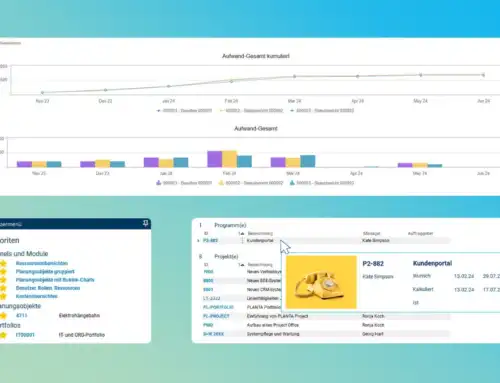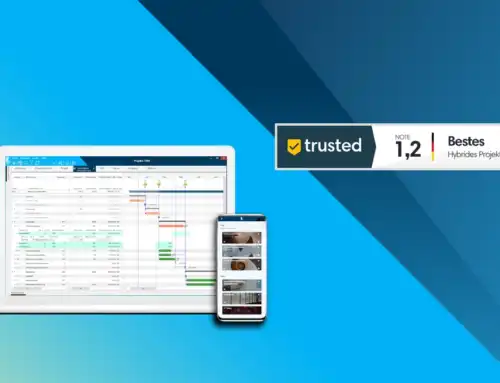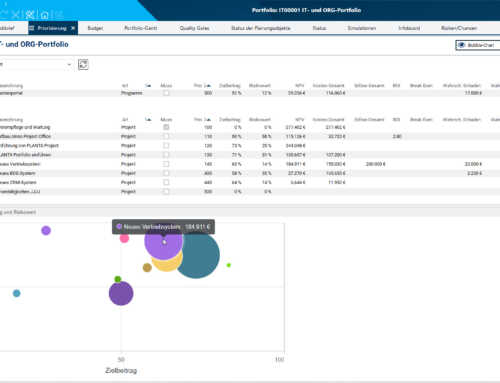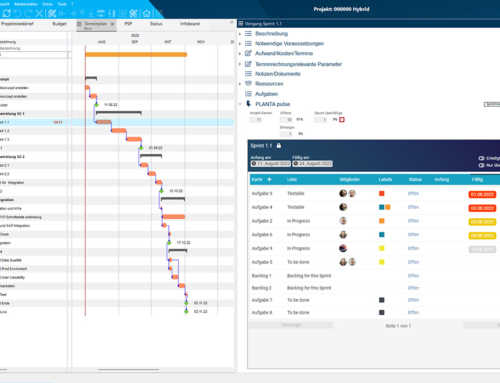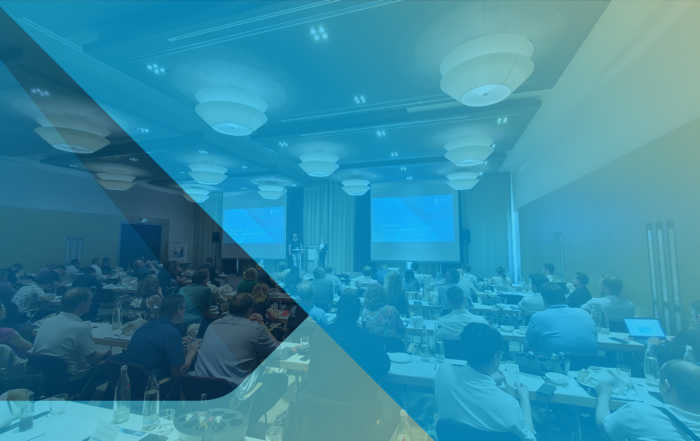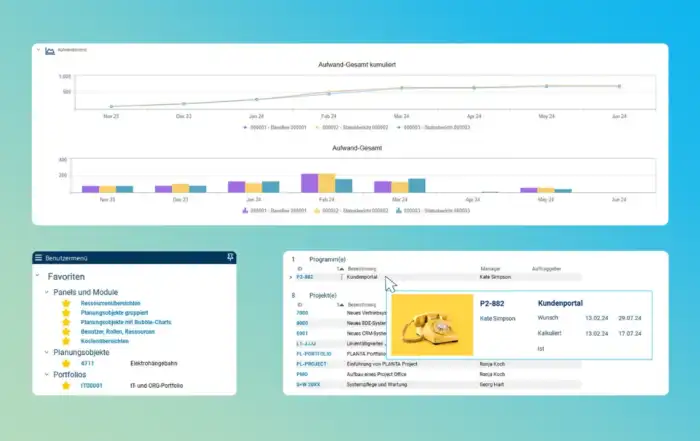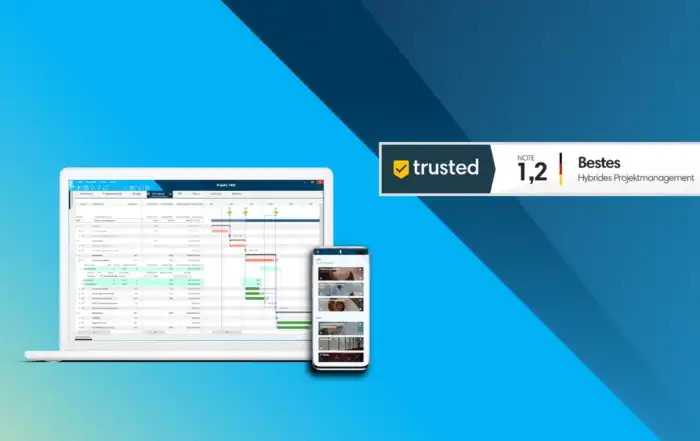Hybrid, just a hype?
| Translated by Julian Hammer
No, not at all. In the wake of the requirements of an increasingly digitalized and rapidly changing VUCA world, traditional project management can only gain from the availability of agile PM processes for particular projects and subprojects in a hybrid system.
As is so often the case, there is no black and white but each company has to find its own balance between traditional and hybrid project management. It may as well be reasonable to implement the new project culture gradually in individual teams or in particular projects in the company.
When thinking of agile teams, some traditional project managers or stakeholders may envision chaos and uncontrollable idle working. However, in reality agility bears a huge potential for the generation of a new working culture. This working culture can facilitate a company’s adjustment to the change which will be necessary when facing the increasingly volatile and unpredictable digitalized project world. Furthermore, there are indeed clear rules and structures which agile teams should comply with in order for their projects to be expedient.
Both project cultures have a merit for the company, even in the fast-paced VUCA world. Where working with traditional project planning and controlling paid off before, e.g. in departments with longterm cost planning, agile processes do not necessarily have to be implemented.
Nevertheless, companies can swiftly benefit from the advantages of a hybrid systems and smoothly initiate the cultural change in individual teams or projects. This minimizes the friction which is to be expected when new processes become binding for entire company areas at once. The representatives of the different project cultures then have the opportunity to coordinate their processes.
Examples of areas in which projects or subprojects can usually be implemented quite well in agile project teams are flexible product development (not only of software) and flexible completion of tasks as they occur, a.o., in the service area (hotline, customer enquiries). Reporting and monitoring of the entire project is ensured via the traditional PM component.
It is decisive that the PM system employed provides the required flexibility to plan entire projects as well as subprojects either traditionally or agilely. Furthermore it is of particular importance that all project data is always readily available in an integrated, continuously synchronized system. This again gives companies the freedom to organize their project culture more agilely where necessary and equips them well for the requirements of an increasingly digitalized world.
Related Posts
RECENT POSTS
Speakers of the 21st PLANTA User Forum 2024
Ameline Fauchon2024–04-22T11:01:53+00:0022. April 2024|
PLANTA project Update Optimizes Usability and Resource Planning
Andrea Jennifer Schmidt2024–04-22T11:03:25+00:0018. April 2024|
Best Hybrid System in Project Management Software Test
Beate Schulte2024–04-10T09:23:33+00:0015. February 2024|




